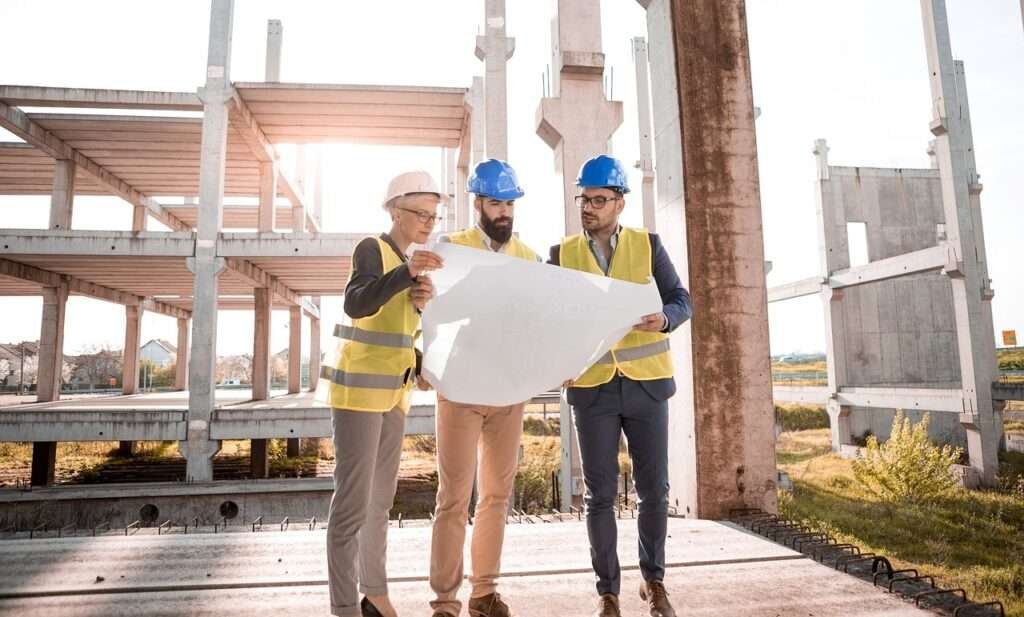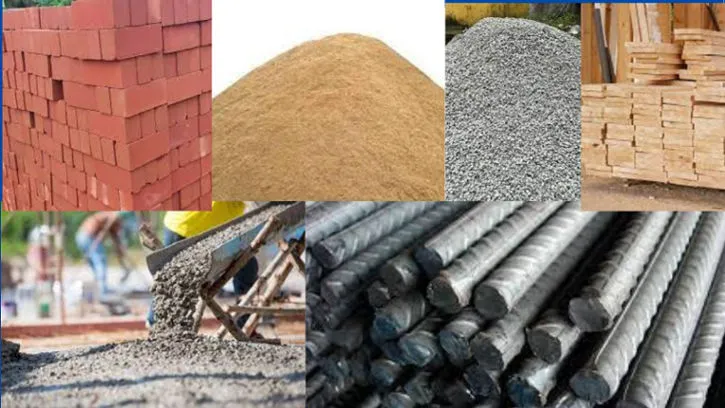The construction industry is undergoing a revolution, driven by technological advancements and the urgent need for sustainability. As we step into 2025, staying ahead of the curve requires understanding the trends that are shaping the future. From modular construction to green building initiatives, these innovations are redefining how projects are designed, built, and maintained.
In this blog, we dive into the top 10 emerging trends in the construction industry that you should watch out for in 2025.
1. Modular Construction Revolution
Modular construction continues to gain traction, allowing for faster project completion and reduced costs. Prefabricated components are manufactured off-site, ensuring precision and minimizing material waste. Expect to see more widespread adoption in commercial and residential projects.
2. Green Building Practices
Sustainability is now a cornerstone of modern construction. The industry is shifting toward using eco-friendly materials, energy-efficient designs, and renewable energy sources to reduce carbon footprints.
3. Smart Building Technology
The integration of IoT (Internet of Things) and AI (Artificial Intelligence) in construction enables smarter, more efficient buildings. Automated systems for lighting, HVAC, and security are becoming standard in modern architecture.
4. Building Information Modeling (BIM)
BIM technology is streamlining project planning and execution by providing 3D modeling, real-time updates, and collaboration tools. This trend is improving communication between stakeholders and reducing costly errors.
5. Robotics in Construction
Robotics are transforming construction sites by taking over repetitive tasks such as bricklaying, concrete pouring, and demolition. This innovation enhances safety and productivity on job sites.
6. Renewable Energy Integration
Buildings are increasingly incorporating renewable energy sources like solar panels and wind turbines. These energy-efficient designs contribute to long-term savings and environmental benefits.
7. 3D Printing for Customization
3D printing technology is enabling architects and builders to create customized structures and components with precision. From intricate designs to affordable housing solutions, the potential is limitless.
8. Autonomous Construction Vehicles
Self-driving vehicles and drones are making construction sites safer and more efficient. These technologies aid in transporting materials, surveying sites, and monitoring progress.
9. Resilient Infrastructure Design
With climate change in focus, resilient infrastructure is a priority. Materials and designs are being developed to withstand natural disasters, such as earthquakes and floods, ensuring long-term durability.
10. Workforce Upskilling and Safety Innovations
As technology advances, construction workers require upskilling to operate new machinery and software. Safety innovations, like wearable tech, ensure worker well-being on-site.
Conclusion
The construction industry of 2025 is characterized by innovation, sustainability, and efficiency. By embracing these emerging trends, businesses can stay competitive and contribute to a more sustainable future. Whether you’re a contractor, architect, or developer, understanding these advancements will help you lead in the evolving world of construction.



